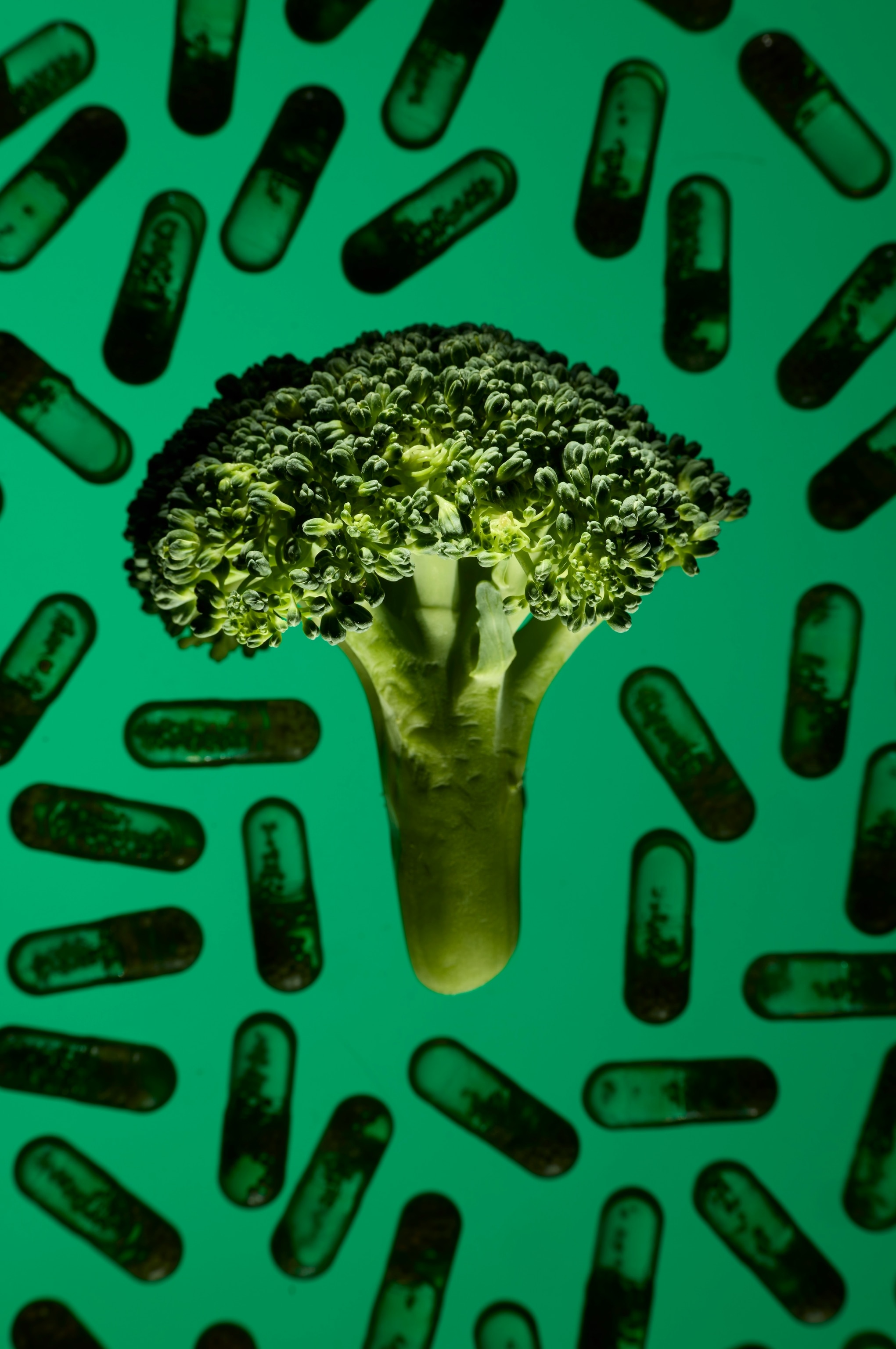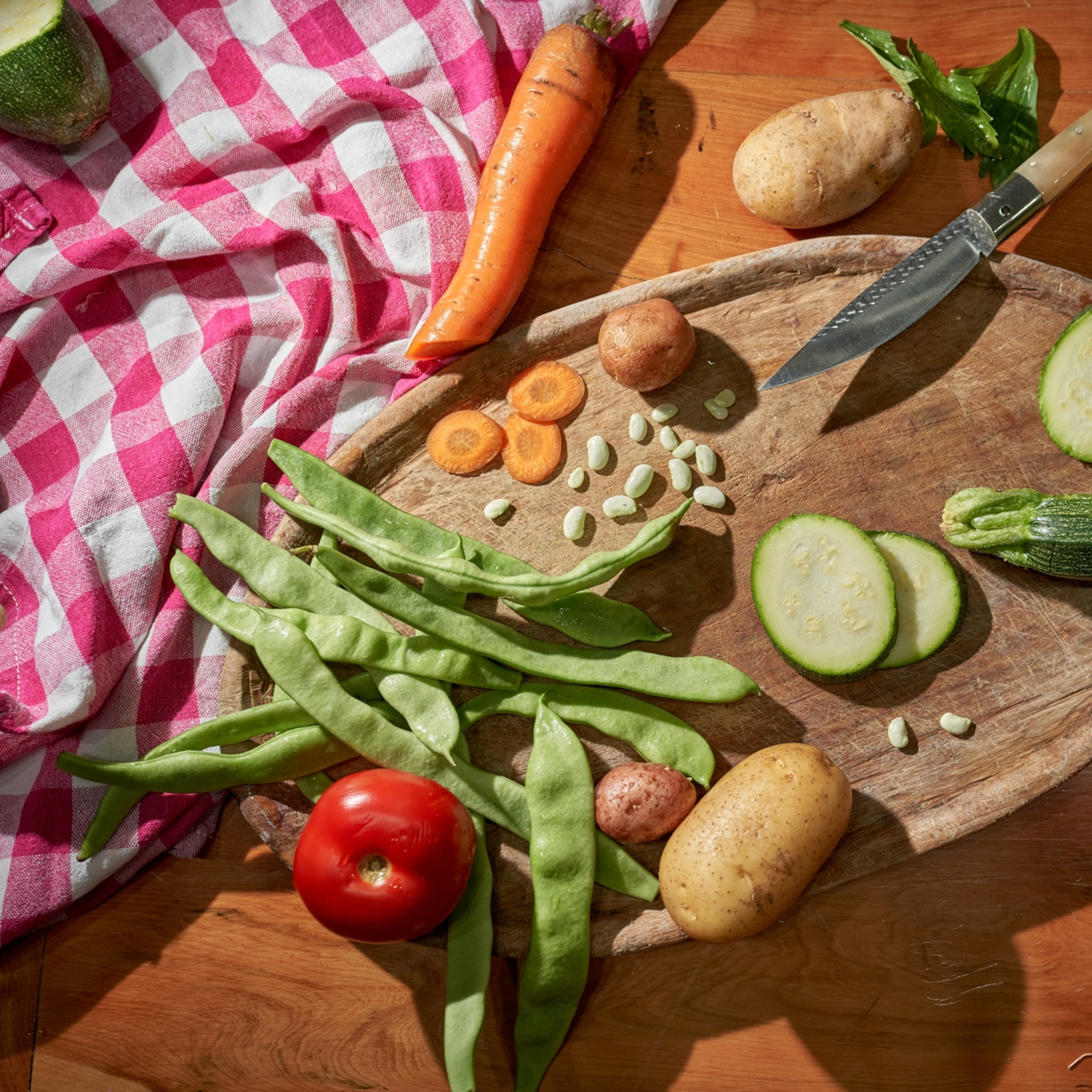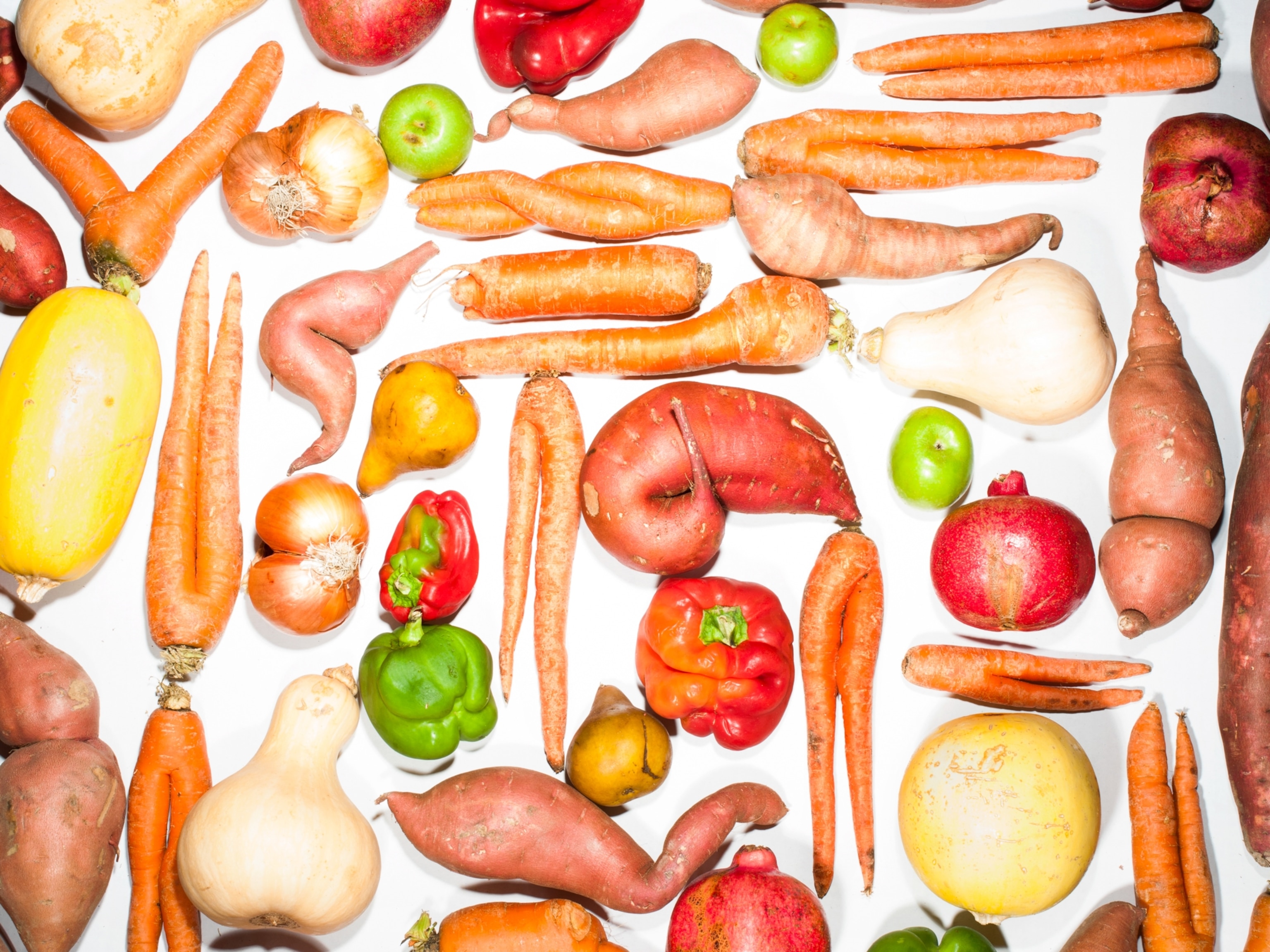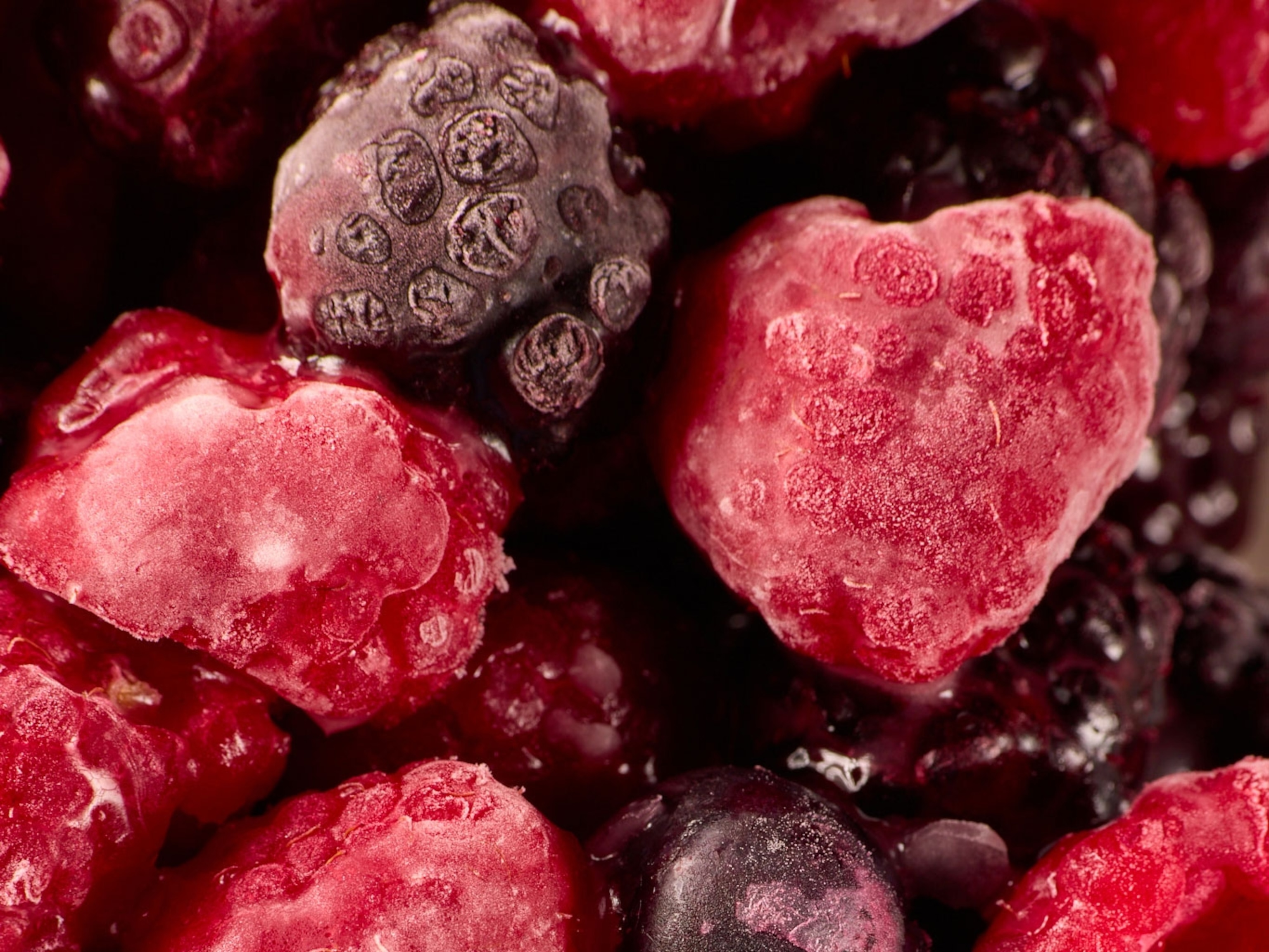Want a better high-protein diet? You don't have to eat more meat
You don’t need to give up steaks entirely. But mounting evidence shows that a diet that incorporates more plant-based protein has a surprisingly large number of benefits for your health.

Everyone knows protein is an essential nutrient. It gives you energy, boosts your immune system, provides healthier skin and teeth, and helps build stronger muscles and bones. But what are vegetarians supposed to do in a world where most high-protein diets focus so much on meats like beef, pork, or chicken?
Nutritionists say it’s not only possible to get enough protein on a plant-based diet—but eating a lot more of it has some distinct advantages.
In fact, a large body of research—including a new 30-year study from researchers at Harvard Medical School—shows that eating more plant-based protein can help lower your risk of cancer and heart disease while also providing surprising health benefits.
(How much protein do you actually need? Consider these factors.)
“The average American eats a 1:3 plant-to-animal protein ratio, but our findings suggest a ratio of at least 1:2 is much more effective in preventing cardiovascular disease," says Andrea Glenn, lead author of the research and a visiting scientist in the Harvard T.H. Chan School of Public Health department of nutrition.
It’s one reason the newly updated Dietary Guidelines for Americans calls for an overall increase in consumption of plant-based protein.
Here are some of the unique advantages of eating more plant foods—plus practical tips on how you can go about doing so.
What is plant-based protein?
Getting more plant proteins in your diet may be easier than you think as plant-based sources of protein are abundant—and a handful of them are even "complete" sources that contain all nine amino acids the body needs.
"These sources include pistachios, hemp seeds, quinoa, and soy foods such as tofu, soy milk, edamame, and fermented soybeans (tempeh)," says Jill Weisenberger, a Virginia-based registered dietitian and author of Prediabetes: A Complete Guide.
Other foods that are high in plant proteins include a host of seeds, beans, nuts, and grains such as lentils, walnuts, sunflower seeds, black beans, pinto beans, kidney beans, spirulina, chia seeds, chickpeas, flaxseeds, almonds, split peas, peanuts, oats, seitan (wheat gluten), and ancient grains such as spelt, barley, and teff.

(Black beans. Pinto beans. Cannellini. How do they stack up nutritionally?)
Common vegetables like yellow corn, potatoes, avocado, green peas, brussels spouts, and asparagus contain respectable amounts of protein as well. "It's also often surprising to people how much protein is in broccoli—nearly two grams in a single cup," says Christopher Gardner, director of nutrition studies at the Stanford Prevention Research Center in California.
And while such foods may not individually contain as many amino acids as animal protein sources, "when we eat a variety of plant foods throughout the day, we get all the amino acids we need," says Weisenberger.
Advantages of plant-based protein over animal proteins
Eating more plant protein is important—but not just because of protein alone. Although this nutrient is essential for overall health, "the vast majority of Americans meet and exceed their protein intake requirement and there are only rare cases of protein deficiency in the general population—even among vegetarians and vegans," explains Gardner.
At the same time, he says, "the average American intake of fiber is roughly half what's recommended." This underscores one of the biggest advantages of plant-based protein: foods like lentils, green peas, broccoli, corn, chia seeds, barley, potatoes, quinoa, and pistachios are all abundant in fiber, which is critical for digestive health, blood sugar regulation, lowering LDL (bad) cholesterol levels, and reducing cancer and heart disease risk.
(Can your cholesterol drop too low?)
Plant sources of protein also contain plenty of other nutrients such as magnesium, copper, manganese, selenium, riboflavin, and vitamins A, C, K, and E—vitamins and minerals that are often missing from animal proteins.
And plant proteins also offer important antioxidants and phytochemicals; plus heart-healthy monounsaturated and polyunsaturated fats, says Jen Messer, a registered dietitian and president of the New Hampshire Academy of Nutrition and Dietetics. They usually contain significantly fewer calories as well. This, combined with the fact that high-fiber diets have been shown to be filling, are among the reasons plant-protein eaters "tend to have smaller waist circumferences and lower excess body weight," says Weisenberger.
Meanwhile there are some real drawbacks to animal protein sources. For instance, Laura Bellows, a registered dietitian and an associate professor in the division of nutritional sciences at Cornell University, says that red and processed meats contain high levels of saturated fats—which research shows can contribute to cardiovascular disease and other heart problems.
Red meat is also categorized by the International Agency for Research on Cancer as a Group 2 carcinogen, meaning it "probably" causes cancer in humans—though the amount at which this could occur has not been defined. (Processed meats such as hot dogs, deli meats, and bacon are classified as a Group 1 carcinogen, meaning they are known to cause cancer.)
(These are the best sources of protein for a balanced diet.)
But this doesn’t mean you have to swear off all animal protein: Meat is higher in iron and nearly every animal protein source contains more essential amino acids than most plant sources. You can also get a lot more protein in a single serving of meat, and it’s better for building lean muscle mass.
The lesson is simply that we should be eating more plant proteins while also eating less meat, says Carolyn Newberry, an attending physician, nutrition scientist, and gastroenterologist at Weill Cornell Medical Center in New York City.
How to get more plant protein in your diet
Accomplishing this often becomes a matter of substitutions. "Ground beef in tacos can be substituted for lentils, roasted mushrooms can take the place of a burger, and tofu can serve as the main protein source in a stir-fry," suggests Newberry.
If the idea of completely eliminating meat is unthinkable, consider simply combining a smaller portion of meat with more protein-rich vegetables, beans, nuts, seeds, or grains.
"Add black beans to compliment your chicken quesadilla or enhance a steak salad by topping with walnuts or sunflower seeds," advises Bellows. You can also beef up smoothies with silken tofu instead of yogurt alone; use bean-based pasta instead of traditional pasta; opt for legume-based soups over chicken or beef ones; or dip your veggies or chips into hummus instead of ranch dressing.
Another popular and easy trick suggested by Julia Zumpano, a registered dietitian at Cleveland Clinic’s Center for Human Nutrition, is to incorporate "meatless Mondays" into your schedule or spread out more vegetarian meals across multiple days. "Aim for three meatless meals per week," she recommends.
"Start by adding plants to foods you’re already eating," offers Weisenberger. "Then try a few new things like adding nuts, chia seeds, and hemp seeds to oatmeal or yogurt, tossing chickpeas into soups or salads, or trying edamame.”
"The more you focus your diet on healthy plant foods and a variety of them," she says, "the more health benefits you should expect."








